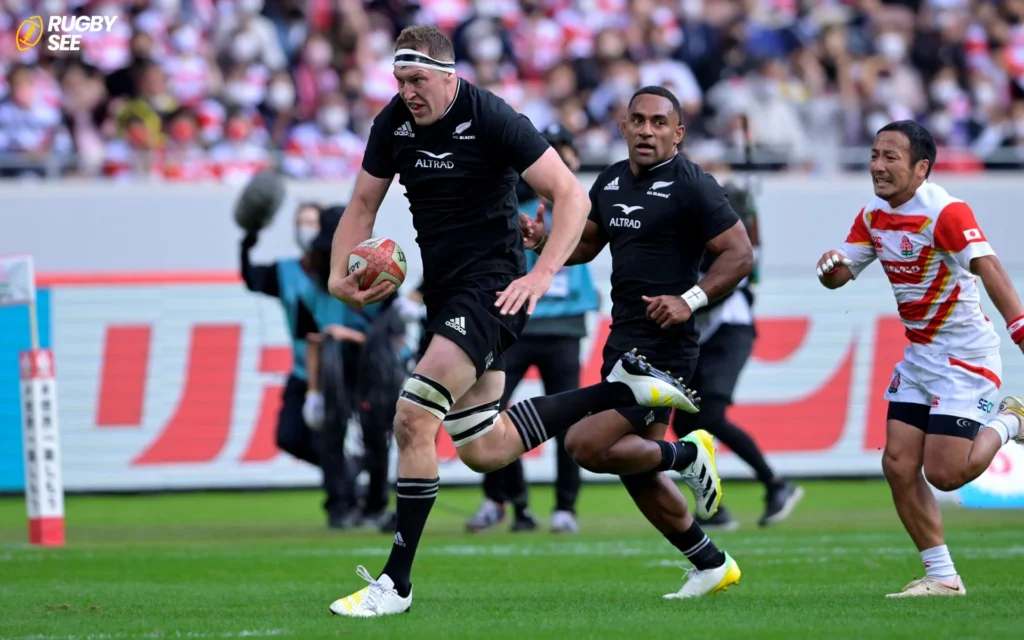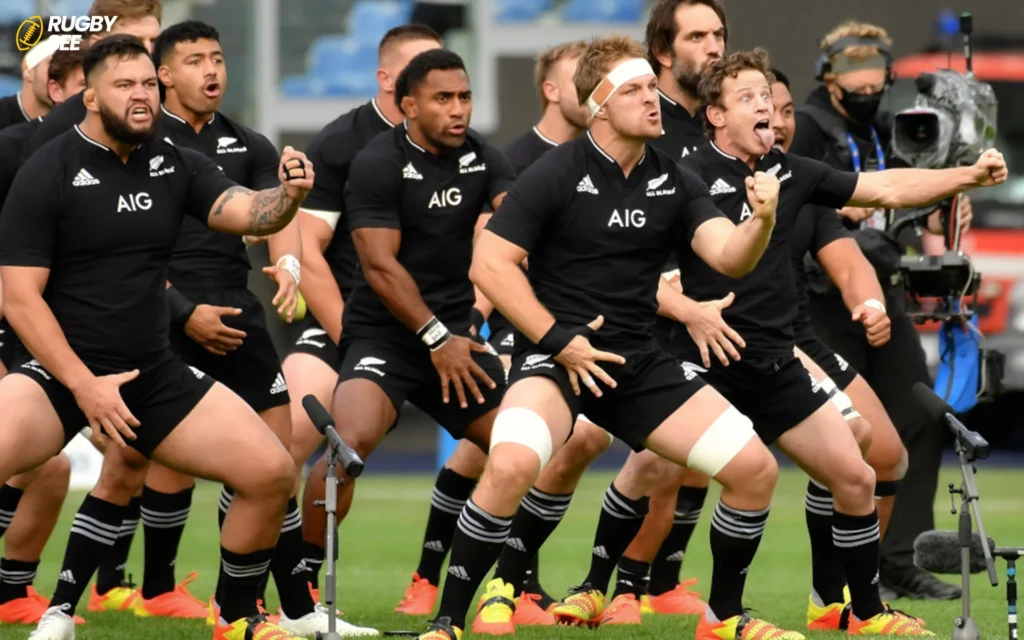When it comes to physically demanding sports, rugby and American football often come to mind. Both sports are admired for the strategic depth, physicality and sheer toughness required to play at any level. However, the debate over which sport is harder has been a long-standing debate among fans and athletes alike. This article from Rugbysee looks at key aspects of rugby and American football to shed light on this debate, exploring the physical demands, dangers and tough culture that exists in each sport.
The Physicality of Rugby vs. American Football
Rugby: A Test of Endurance and Resilience
Rugby, with its origins tracing back to the early 19th century in England, is a sport that prides itself on endurance, strength, and resilience. Players engage in eighty minutes of continuous play, featuring a mix of sprinting, tackling, and strategic positioning, all without the regular use of protective gear apart from mouthguards and minimal padding. The sport’s physical demands are not just about brute strength but also require superior endurance, as players are expected to participate in both offensive and defensive actions throughout the game.
American Football: Explosive Power and Specialization
American football, on the other hand, is characterized by its highly specialized roles and explosive play style. The game is played in short bursts of intense activity, followed by breaks that allow for strategic planning and recovery. Players wear significant protective gear, including helmets, shoulder pads, and often additional padding to protect against the high-impact collisions that are a hallmark of the sport. Each position has highly specialized skills, with different physical demands depending on the role—ranging from the sheer size and strength required of linemen to the speed and agility of receivers and defensive backs.
Risk and Injury: Comparing the Data
The conversation around toughness often includes the risk of injury associated with each sport. Studies have shown that both rugby and American football have high rates of injury due to their physical nature. Concussions, broken bones, and ligament injuries are common in both sports. However, the protective gear in American football, designed to mitigate impact, introduces a different dynamic to the collisions, potentially increasing the players’ propensity to engage in riskier, high-impact tackles.

In rugby, the lack of extensive protective gear means players must use proper technique in tackles to protect themselves and their opponents, arguably requiring a higher level of skill and awareness to avoid injury. The continuous play of rugby also means that endurance and the ability to play through fatigue—a factor closely linked to injury risk—are crucial.
The Culture of Toughness
Beyond the physical demands and injury risks, the culture of toughness is deeply ingrained in both sports. Rugby’s ethos is built around camaraderie, resilience, and the concept of playing for the team. It’s not uncommon to see rugby players continue playing through injuries that would sideline athletes in other sports. Similarly, American football players are celebrated for their toughness, often playing through pain and injuries, driven by a deep-seated culture of grit and determination.
Training and Conditioning
The training and conditioning regimes for rugby and American football players reflect the physical demands of each sport. Rugby players focus on a blend of strength, endurance, and agility training to prepare for the continuous, multifaceted nature of the game. American football players’ training is more specialized, with a significant emphasis on developing explosive power and speed, alongside the strength needed to withstand and deliver high-impact tackles.
The Role of Mental Toughness
Delving deeper into the toughness debate necessitates examining the mental aspects of rugby and American football. Both sports demand not only physical resilience but also a significant degree of mental toughness. Players must maintain focus, strategic thinking, and composure under pressure, often in high-stakes situations. Rugby players, for instance, must quickly adapt to the flow of the game, making split-second decisions during continuous play. Similarly, American football players need to execute complex plays perfectly, often after analyzing the opposing team’s formation and strategy during the brief pauses between plays.
The Impact of Fans and Tradition
The culture surrounding each sport also plays a crucial role in the toughness debate. Rugby’s traditions, deeply rooted in countries around the world, foster a community that values endurance, team spirit, and integrity. The haka, performed by the New Zealand national rugby team before each match, exemplifies the sport’s deep cultural significance and the mental fortitude it embodies.

American football, with its origins in the late 19th century United States, has developed its own traditions and cultural significance, particularly around the collegiate and professional levels. The spectacle of the Super Bowl, for instance, highlights the sport’s place in American culture, celebrating not only the physical prowess of the players but also their mental acumen and the strategic genius of their coaches.
Safety Measures and Evolution
As concerns over player safety continue to grow, both rugby and American football have evolved to prioritize the well-being of athletes. Rugby has implemented stricter rules on tackling and concussion protocols to protect players, emphasizing the importance of technique and player welfare. American football has also seen significant changes, with the NFL and other organizations investing in better helmets, stricter penalties for dangerous plays, and protocols for dealing with concussions and other injuries and if you want to know about the Rugby that is Popular in Europe read Which rugby is more popular in europe.
These advancements reflect a broader understanding within both sports that toughness does not necessarily equate to risking health. Instead, it’s about playing with heart, resilience, and respect for oneself and opponents.

The Global Perspective
Globally, rugby and American football are viewed through different lenses, with rugby enjoying widespread popularity across continents. In many countries, rugby is more than a sport; it’s an integral part of national identity and pride. American football, while immensely popular in the United States, has been steadily growing its international fan base, with NFL games played in London and Mexico City and a growing interest in American football in countries around the world.
This global perspective adds another layer to the debate, as the toughness of a sport can also be measured by its ability to inspire, unite, and evoke passion among people from diverse backgrounds.
Conclusion: A Matter of Perspective
So, is rugby tougher than American football? The answer largely depends on how one defines toughness. If toughness is measured by the ability to endure physical exertion and play with minimal protective gear, rugby might take the lead. If it’s measured by the capacity to absorb and deliver high-impact hits, American football could be considered tougher and if you want to know about the Countries that have Rugby read what countries have rugby.
Ultimately, both rugby and American football require a remarkable level of physical toughness, mental resilience, and dedication. The debate over which is tougher may never be conclusively settled, as it touches on the core identity and values of each sport. What’s undeniable is the respect that athletes in both sports deserve for their commitment, skill, and toughness.










